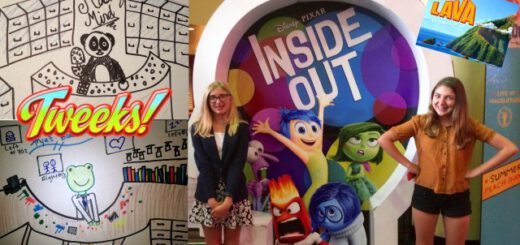Marc Alan Fishman: The Swift Response To Save Starving Artists
 You might know her from too many pop-drivel hits on the radio. You might know her as the girl who always mouths the words and wriggles in her seat at all the award shows. But did you know Taylor Swift is also a militant defender of starving artists?
You might know her from too many pop-drivel hits on the radio. You might know her as the girl who always mouths the words and wriggles in her seat at all the award shows. But did you know Taylor Swift is also a militant defender of starving artists?
In a blog aptly titled “To Apple, Love Taylor.” Taylor Swift laid into Apple (the computer company that also makes shiny, expensive phones, tablets and watches) over their recent announcement to compete in the streaming music game.
The Apple Music™ streaming service is being given away for free for three months, after which it becomes a $9.95 a month albatross around the necks of those who subscribe. True to their hipster-by-way-of-fascism business plan, Apple didn’t plan on reimbursing all of the artists for any plays of their music during this free period, believing this goodwill would ultimately pan out in a better-than-Spotify payment plan thereafter. Pure. Unadulterated. Evil.
So sayeth Lady Swift.
Taylor was swift to point out (nyuck nyuck) that Apple has the deep pockets and full coffers with which to pay for the play, as-it-were. So, a little shame here, a little bad PR there, and poof, Apple conceded. The day was saved. And the haters? Well, they can hate-hate-hate-hate. Funny enough? At first I was one of those haters.
I admit it. I read her well-articulated argument and honestly scoffed. Standing on a soapbox for the little guy just didn’t vibe with me. When she mentions – bleeding heart in hand – that “… the new artist or band that has just released their first single … will not be paid for its success.” I literally laughed out loud. The last time I checked, when a new artist pops on the scene and releases their first single they can’t give it away fast enough. It’s a music video on YouTube. It’s streaming on ReverbNation, Soundcloud, and BandCamp. It’s pushed out to as many venues as humanly possible. Why? Because by now, most musicians know that album sales when you’re unknown do not bring you the money touring will. And what better way to pack a house than to get your single out there and attract a crowd! I’d convinced myself that three months of free music would not be the end of the world for a small act trying to get bigger.
But why did I think that?
Because, dear reader, I am conditioned to be a patsy. Seven years as an indie book publisher has rendered me nigh-idiotic in the face of outright larceny. Where Taylor was talking about music, I immediately thought to comics. Specifically, I thought about ComiXology.
Where not three months ago I “accepted” the terms that traded Unshaven Comics’ right to set the price on our books on their Submit program for ComiXology’s desire to occasionally discount. “Why not,” I thought, “if it means more books get into readers hands? Who cares about a few bucks?”
Conditioned.
When a good friend of mine asked me to join his free online comic sharing website, Unshaven Comics discussed it for a solid 30 seconds before I was wrapping up our Samurnauts: Genesis issue ready for upload. “Why not,” I thought, “if it means more people see who we are … surely they’ll enjoy the free book and then support us with a purchase!”
It’s been the M.O. of those who seek to abuse the artists of the world. Exposure will somehow lead to fame and fortune. Yet I can’t honestly think of a single case where that actually worked. Yet so many of my compatriots in comics will open their arms at the opportunity without thinking twice. Is it simply a naïve outlook on life that leads us to welcome being played? How many countless webcomics exist pumping out free content, in hopes you’ll click that Google ad near it to earn them that fraction of a penny?
Let’s cut the crap: You don’t click that ad. You don’t buy the album if it’s available free on Spotify. You tell yourself you’ll do the right thing. But when no one is looking? You don’t. I know, because I don’t. I’m not a bad person for it either. I’m human. I’m broke. And I enjoy not having to pay for things.
So, to you, dear Taylor, I apologize. Your defense of the defenseless is applauded.
Now, if you could start reading comics, it would sure help me shake off the bad blood I have for an industry from which I will never, ever, ever get my fair.




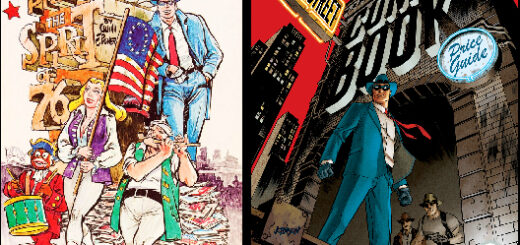
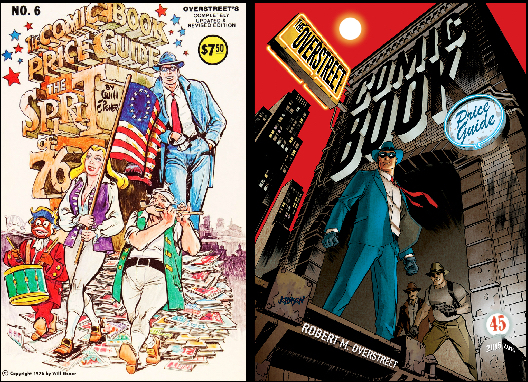
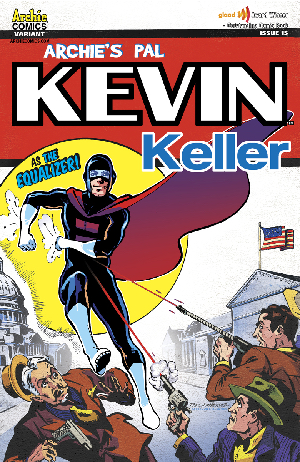








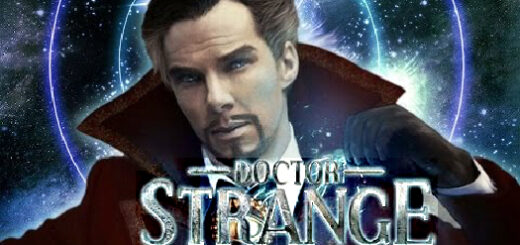
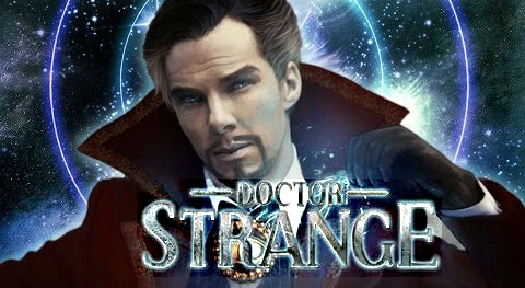
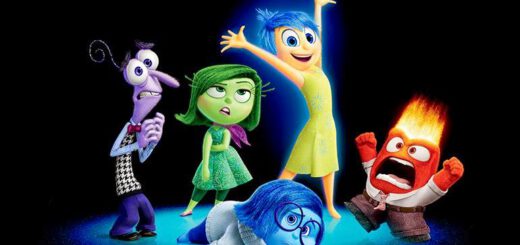
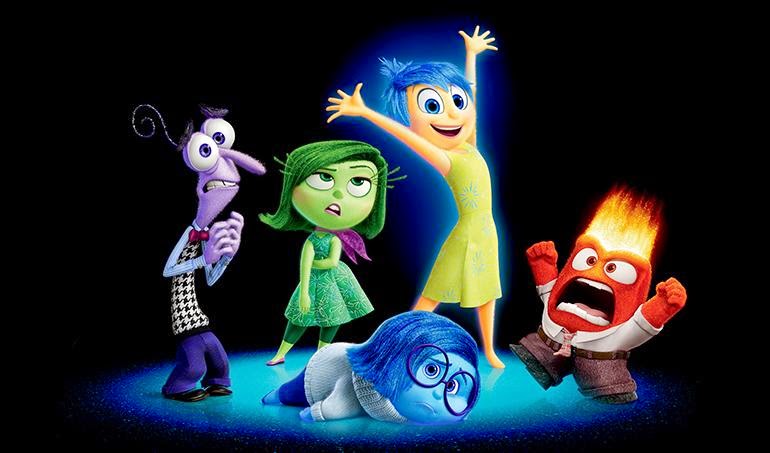 I can’t make heads or tails of Inside Out. Don’t get me wrong, I loved the film to pieces, it’s the best Pixar film this decade and one of the most emotionally wrenching experiences I’ve ever had in a movie theater. It’s a gift of a movie and I feel privileged to get to enjoy it. What I don’t understand is how this is a kids movie.
I can’t make heads or tails of Inside Out. Don’t get me wrong, I loved the film to pieces, it’s the best Pixar film this decade and one of the most emotionally wrenching experiences I’ve ever had in a movie theater. It’s a gift of a movie and I feel privileged to get to enjoy it. What I don’t understand is how this is a kids movie.